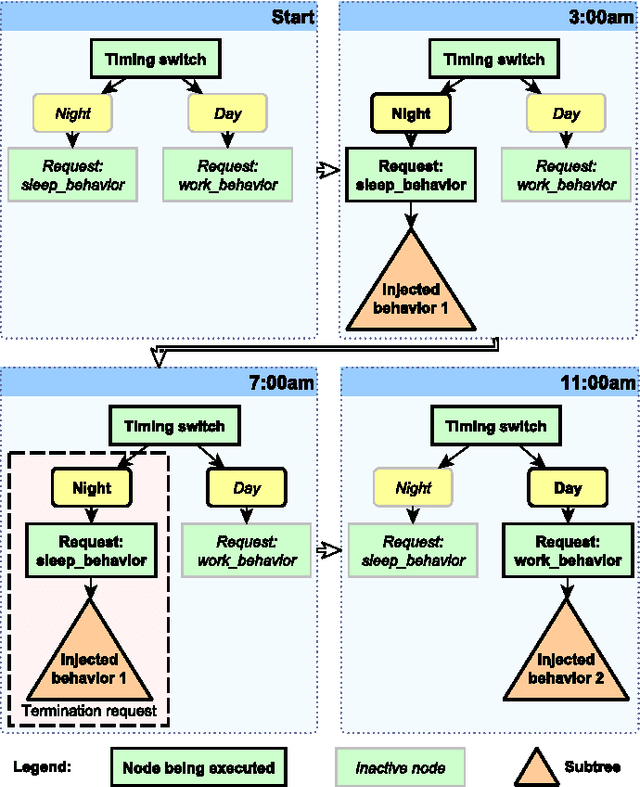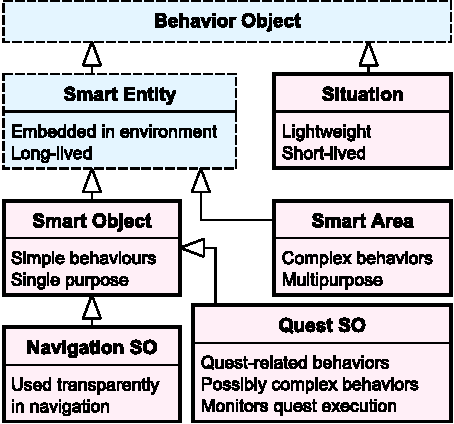Jakub Gemrot
Deep Q-Network for Angry Birds
Oct 14, 2019



Abstract:Angry Birds is a popular video game in which the player is provided with a sequence of birds to shoot from a slingshot. The task of the game is to destroy all green pigs with maximum possible score. Angry Birds appears to be a difficult task to solve for artificially intelligent agents due to the sequential decision-making, non-deterministic game environment, enormous state and action spaces and requirement to differentiate between multiple birds, their abilities and optimum tapping times. We describe the application of Deep Reinforcement learning by implementing Double Dueling Deep Q-network to play Angry Birds game. One of our main goals was to build an agent that is able to compete with previous participants and humans on the first 21 levels. In order to do so, we have collected a dataset of game frames that we used to train our agent on. We present different approaches and settings for DQN agent. We evaluate our agent using results of the previous participants of AIBirds competition, results of volunteer human players and present the results of AIBirds 2018 competition.
Using Behavior Objects to Manage Complexity in Virtual Worlds
Nov 09, 2015



Abstract:The quality of high-level AI of non-player characters (NPCs) in commercial open-world games (OWGs) has been increasing during the past years. However, due to constraints specific to the game industry, this increase has been slow and it has been driven by larger budgets rather than adoption of new complex AI techniques. Most of the contemporary AI is still expressed as hard-coded scripts. The complexity and manageability of the script codebase is one of the key limiting factors for further AI improvements. In this paper we address this issue. We present behavior objects - a general approach to development of NPC behaviors for large OWGs. Behavior objects are inspired by object-oriented programming and extend the concept of smart objects. Our approach promotes encapsulation of data and code for multiple related behaviors in one place, hiding internal details and embedding intelligence in the environment. Behavior objects are a natural abstraction of five different techniques that we have implemented to manage AI complexity in an upcoming AAA OWG. We report the details of the implementations in the context of behavior trees and the lessons learned during development. Our work should serve as inspiration for AI architecture designers from both the academia and the industry.
 Add to Chrome
Add to Chrome Add to Firefox
Add to Firefox Add to Edge
Add to Edge